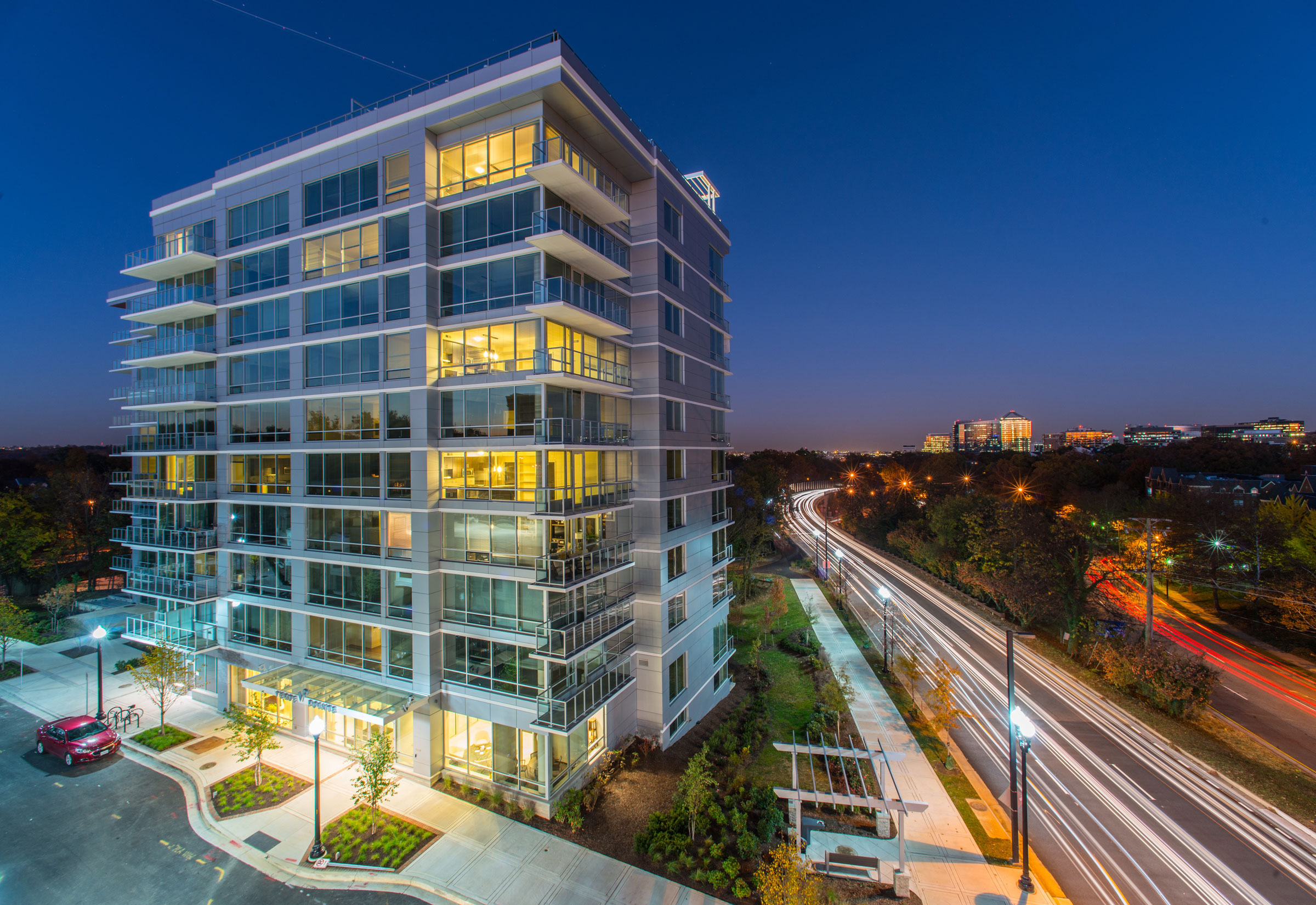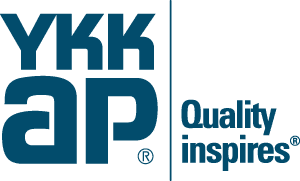The pandemic has taken a toll on the building and construction industry. And while the multifamily market has seen its fair share of ups and downs, it has weathered the storm with relatively little disruption. In fact, 2020 saw a 50% increase in multifamily units, compared to that of 2019. Rents in multifamily housing markets also climbed 10% in 65 of the 150 largest metropolitan areas. The occupancy rate of multifamily housing went up to 96.9% in July 2021, surpassing the previous record of 96.5% in 2000, according to Forbes.
The US housing shortage of more than 5 million homes makes the multifamily market’s growth a necessity. And while the pandemic’s impact didn’t fully disrupt the market, what did change was the way we collectively reevaluated how we live and work.
As a result, the AEC community has had to reconsider the way multifamily buildings are designed, putting added emphasis on residential features, like health and wellness, daylighting for seamless indoor and outdoor living, and more.
Health and Wellness is at the Forefront

Photo courtesy of YKK AP
As we have all grappled with the ever-changing nature of the pandemic, one thing has remained constant, its lasting impact on the way we live and interact with the spaces around us.
While multifamily buildings have always strived to provide the more typical health and wellness features, which include amenities like yoga rooms and fitness centers, the pandemic has put a renewed focus on how to make multifamily buildings holistically healthier, more flexible, and more comfortable. This includes everything from the need to connect these spaces more naturally to the outdoors, to creating simple ways to allow for more physical separation, to using more innovative materials like touchless technologies and antimicrobial surfaces to reduce exposure to toxins.
The International WELL Building Institute (IWBI) has been integral in this effort. IWBI is known for transforming health and well-being with its people-first approach to buildings, organizations, and communities. The organization’s framework of WELL certification, first launched in 2014 and updated with the pilot of its WELL v2 standard in 2018. Certification outlines include several key strategies that improve health and wellness. Among them are air, water, nourishment, light, movement, thermal comfort, sound materials, and community. IWBI has seen an increased focus on WELL Certifications throughout the pandemic, having tripled the number of spaces applying its holistic point of view on health and wellness strategies in buildings in the span of a single year.
LEED certification continues to grow as well. Many of the features that make buildings environmentally sustainable and energy-efficient also naturally increase occupant comfort, bringing these features further to the forefront at a time when so many of us have spent more time indoors.
LEED Safety First pilot credits were introduced in 2020 in response to the Covid-19 pandemic to help us all feel more comfortable with going back into spaces like workplaces and other gathering spots. These sustainable practices correlated to cleaning and disinfecting, HVAC and plumbing operations, and more. The program focuses on building back the trust between people and the spaces around them. All projects, regardless of whether they are pursuing LEED certification or not, can use these credits to make their spaces healthier for occupants. As of October 2021, more than 445 projects globally had implemented these credits.
Connecting to Nature

Photo courtesy of YKK AP
One of the things that has become most clear to many of us over the last two years is the desire for a stronger connection to nature. Many multifamily buildings have continued to put a stronger emphasis on additional green space through features like walking trails, outdoor fire pits, courtyards, and rooftop terraces. This has also manifested with architects designing multifamily buildings for maximum daylight, particularly in urban cores, where additional green space is less of an option.
The benefits of additional daylighting in multifamily buildings are vast, including a healthier, more productive, and energy-efficient environment, improved occupant comfort, and the ability for architects and building owners to better meet certifications like LEED and WELL.
Glass and Framing Systems in Multifamily Buildings
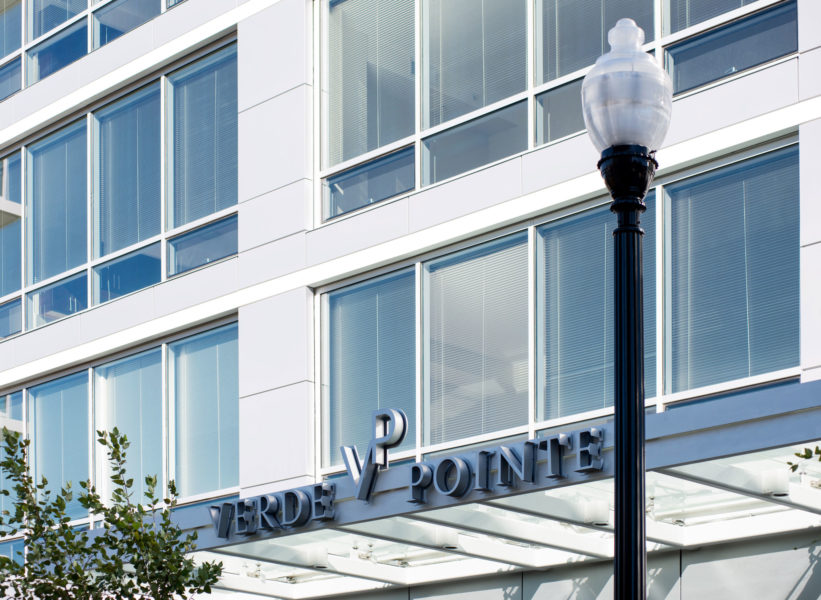
Photo courtesy of YKK AP
When we look at these various trends and the importance of meeting evolving energy codes and gaining crucial certifications in the growing multifamily market, glass and framing systems become a core piece of the puzzle. Achieving an optimum level of thermal comfort with the maximum amount of daylight, energy efficiency, and the proper ventilation are crucial to designing healthy and sustainable buildings that fit our new, more blended lives.
“Since the start of the pandemic and because of the need for additional daylight and more outdoor spaces, like rooftops and terraces, rather than one or two select products being used on a project, we’re seeing a range of high-performing windows, curtain walls, storefront, and entrances in multifamily projects,” says John McGill, general manager of the project center at YKK AP.
Additionally, McGill is seeing firsthand “a focus on additional daylighting in the form of larger punched openings and more operable windows for proper ventilation.”
From a glazing perspective, this means there is a stronger emphasis on higher-performance framing systems and glass/framing combinations that meet desired energy levels. There is also increased importance on the quality of materials, like a window or curtain wall’s frame—ensuring that they can hold up to frequent cleaning and sanitization.
Designing for Daylight
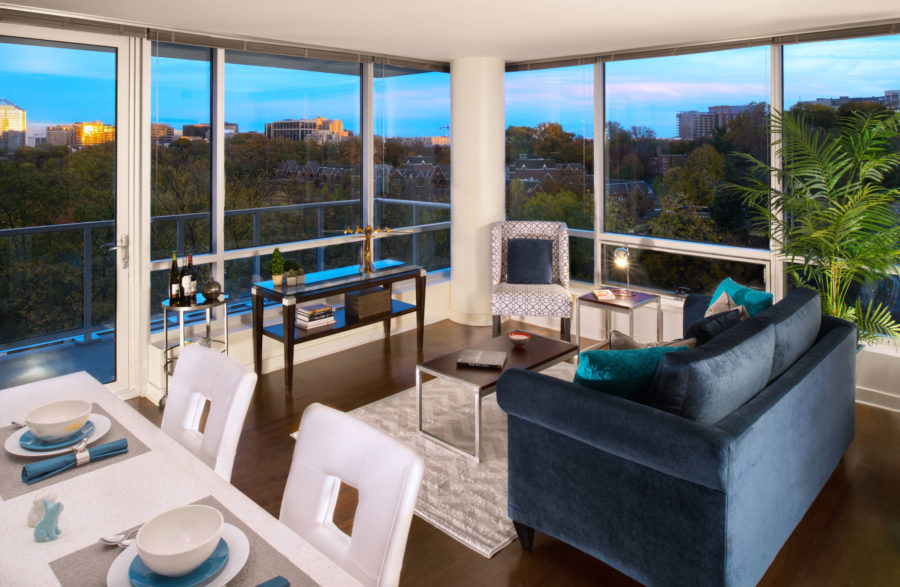
Photo courtesy of YKK AP
Architects should look to assess and optimize the daylighting of a building early in the design process. Often the desired amount of daylight will impact the direction a building faces, as well as the type of exterior facade products, like curtain walls, window walls, windows, and corresponding sun control devices, used on a multifamily building.
When determining the right combination of glass and framing products, it is important to first understand what you are after in terms of performance. Once you understand what you’re trying to achieve, you can make the proper selections. Tools like MyThermal Assistant are helpful in making this determination.
Secondly, understanding how advanced glazing solutions and framing systems work together is crucial. While advanced glazing solutions are typically the first thing architects think of to advance the efficiency of the building, it’s often the framing systems in multifamily buildings that can make a real difference.
For example, advanced glazing solutions, such as Low-E glass or argon-filled glass, work to improve the center-of-glass (COG) thermal performance value. However, the system’s thermal performance is less effective where the captured glass edge meets the supporting frame. This makes the type of framing system and the performance of that system critical when considering the energy performance of a building.
Thermally broken framing systems have become more advanced within the industry, often using technologies like ThermaBond Plus to deliver performance over the life of the building.
Additionally, when designing for multifamily buildings, sunshades are a critical factor in improving occupant comfort, enhancing energy efficiency, and reducing the solar heat gain coefficient (SHGC). Sunshades offer design versatility and can often be customized depending on which way a building faces to reduce harmful light while bringing visible light in to achieve optimal daylighting.
Breaking It Down
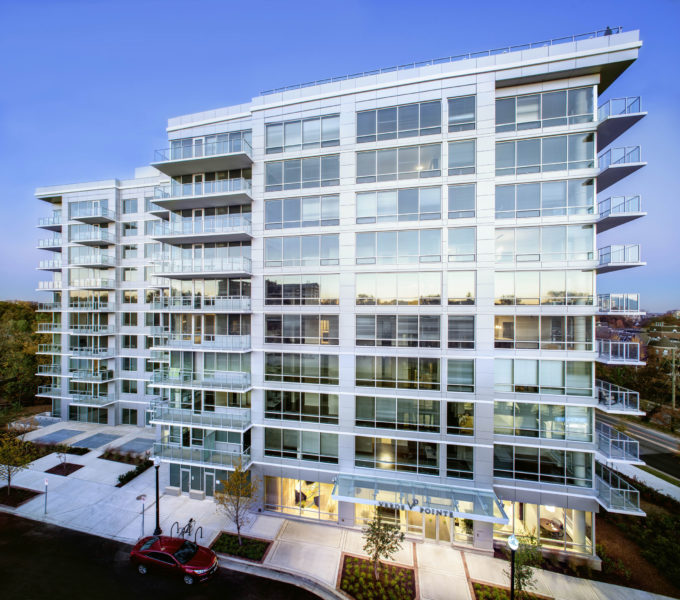
Photo courtesy of YKK AP
As the multifamily market continues to grow in what is now our new normal, these trends will continue to evolve. However, the benefits of health, wellness, and sustainability are long-lasting. As architects and building owners design the multifamily buildings of the future, it is crucial that they select glass and framing systems that will deliver high-performance while providing maximum daylight to improve our overall health, productivity, and comfort over the long term.

